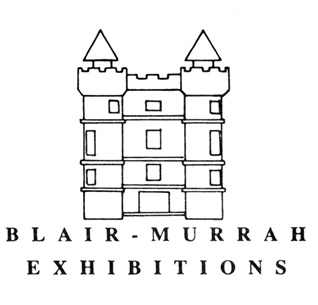Edward S. Curtis: Indians of the Southwest
The Edward Curtis 1920's collection of photographs of the North American Indians is one of the largest photographic archives ever produced by a single artist and probably the most profound representation of pure Indian culture that has ever been compiled. His complete publication, The North American Indian, consists of 20 volumes of text with 1,500 small plates, plus 20 portfolios of 36 unbound gravure plates, totaling approximately 2,500 images.
The 36 plates on vellum in this exhibition are from his portfolio of the Southwest and constitute a testimony to his ability to record significant aspects of Indian culture in modernized Indian nations.
Highlights in this display include portraits of the "North Pueblo at Taos," the Jemez pueblo, the Acomo pueblo belfry and the "Laguna Watchtower." Varied aspects of Indian culture are detailed in portraits such as "Acomo Water Girls," "Conchiti and Sia Pottery," "A Feast Day at Acoma" and "Sia Buffalo Dancer."
Among the most moving and remarkable images in the Curtis collection are the many portraits of the Indians he met during his study. This exhibit includes several fine examples of his portraits, such as "A Jemez Fiscal," which portrays a supervisor of church activities; "Ti Mu-Conchiti," which depicts a Cochiti girl who had moved to Sia following her marriage; and "Aiyowits! A Conchiti," which captures the visage of Carolina Quintana who, according to Curtis, was the most mentally alert Indian woman whom he met during his study and who was responsible for compiling the Cochti relationship terms that Curtis subsequently used in his volume about Indians in the Southwest.



